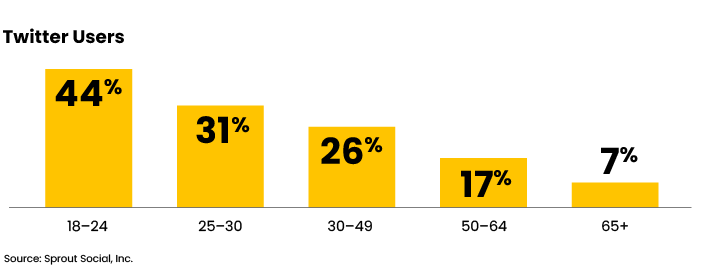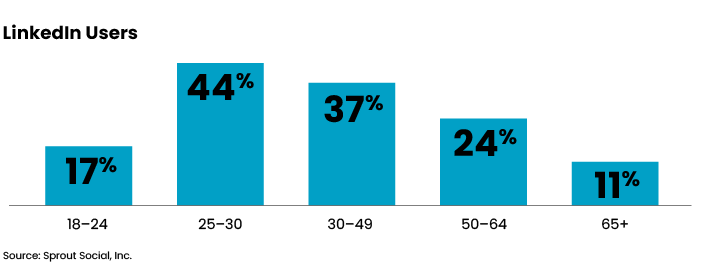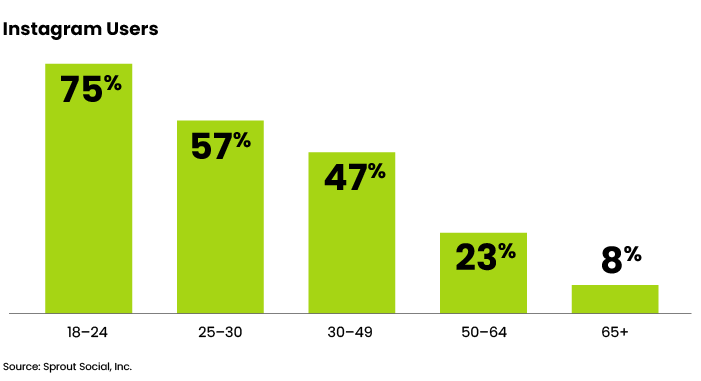The challenges of the pandemic have been numerous, but for financial advisors, the real test has been to find ways to improve and foster client relationships.
In-person meetings, once the standard in building these relationships, have become less frequent to reduce the spread of the coronavirus. Virtual meetings are also likely to retain popularity among many people in a post-pandemic world. It is therefore crucial for financial advisors to increase their digital literacy and establish new ways to engage with current and potential clients.
With more people on social media than ever before, it has become essential to elevate social media profiles and understand the most effective ways to leverage these platforms to reach clients that are planning for retirement.
Compliance Check
Before posting on social media, ensure that you are complying with your company’s social media policy. These policies should act as a roadmap to what can and cannot be discussed on all social platforms. Because non-compliance carries significant legal and reputational risk for an organization, it is always wise to consult internal policies before publishing anything. If no social media policy exists, consider the following:
• Always act as a good representative for your company.
• Use common sense when posting. Do not share confidential information.
• If a statement is your personal opinion, clarify your position as an individual, not as someone speaking in an official capacity on behalf of your company.
• Ask management if in doubt.
Know Your Audience
With more than half the financial advisors in a recent study reporting increased activity on LinkedIn and/or Twitter in the last year, it is clear that more advisors are recognizing the need to build a strong social media presence to expand business opportunities. By understanding which demographic is most likely to be engaged on which social media platform, you will be able to focus your posting efforts on relevant investing and retirement topics and develop connections strategically.
Here is a breakdown of the typical audience per platform.
Facebook remains the second most used social media platform in the U.S. Only YouTube tops it in usage. According to Pew Research, 69% of adults in the U.S. are on Facebook, with 74% HYPERLINK on 74% of those users visiting the site at least once a day. In terms of demographics, there is heavy usage across the board:
Behind Facebook in terms of daily logins is Instagram, with 63% of users logging in at least once per day. The platform also skews younger:
Twenty-two percent of adults use Twitter. Because of its 280-word limit, Twitter posts are most effective to distribute timely news items or customer service responses. The demographics on this platform are as follows:

Though only 22% of U.S. users visit LinkedIn daily, this platform is useful because it is so targeted to professionals. The demographics reflect this, with a majority of users between 25-49 years old:

Focusing on the “Social” in Social Media
Whether speaking to millennials or older clients, adding personal touches to your social posts is always valuable. A statement that starts out with a heavy pitch about your services is an instant reason to delete or ignore a message. In the same sense, remaining authentic is key. Speak to your personal experience. If you are exchanging direct messages with an existing or potential client, pay attention to that person’s background and interests. There is nothing worse than receiving a message that reads like a template that has been sent to dozens of other people.
“Whether speaking to millennials or older clients, adding personal touches to your social posts is always valuable.”
Another easy way to maximize engagement is to respond to your news feed. Whether you see a birthday or work anniversary reminder, an important status update, or a news link that your connection has shared, take the time to reply specifically to these updates in your news feed. This demonstrates a personal interest in things that matter in your clients’ lives and will stand out to that person when engaging with them on an individual level.
Staying Organized
Developing a social media content calendar is the best way to stay organized when posting on various platforms. It allows you to plan and schedule relevant content in advance. A calendar also helps with staying consistent with how frequently you post. This is another key to creating an impactful social media presence.
The tools used to create a social media content calendar can be as simple as an Excel sheet that outlines each day of the month and what you will post on those days. There are also free scheduling applications, like Later, Hootsuite and Buffer, that can automatically publish posts on the days that you designate. Planning ahead with the help of a social media calendar and scheduling tools are two easy ways to minimize the stress of managing your social posts.
Posting Cadence
There is no magic formula for how often you should be posting on your social channels. Posting cadence varies from platform to platform. The most important tip is to uphold the quality of your content and remain consistent with your posting schedule. If publishing social media content three times a week works best for you and your organization, make that your goal. If this is your first time managing a social media account, start small. Post twice a week on one platform. Then slowly increase the volume of posts and the number of social media channels you use.
Two good places to start are LinkedIn and Facebook. On LinkedIn, 95% of posts generally show a decline in the number of clicks after 5 p.m., with the highest engagement occurring from Tuesday to Friday between 8 a.m. and 2 p.m. On Facebook, because their algorithm is constantly changing, the top priority is on creating quality content. Consistent engagement on posts also occurs from Tuesday through Thursday between 8 a.m. and 3 p.m. The hours before 5 a.m. and after 5 p.m. are timeframes to avoid posting, as engagement is lower.
Assess and Refine
Social media is constantly evolving, and so the strategy behind it must change as well. The best practices outlined here will serve as a strong foundation. To continuously capture engagement among existing and potential clients, you must be willing to revisit your content strategy and refine it as you go.
Christopher Crawford is the director of advisor relationships at Buffalo Funds. With over 10 years of experience working with financial advisors supporting their business development efforts, Christopher notes that success for advisors begins with being a good communicator and a better listener. Buffalo Funds is an asset manager with 10 actively-managed no-load mutual funds.









